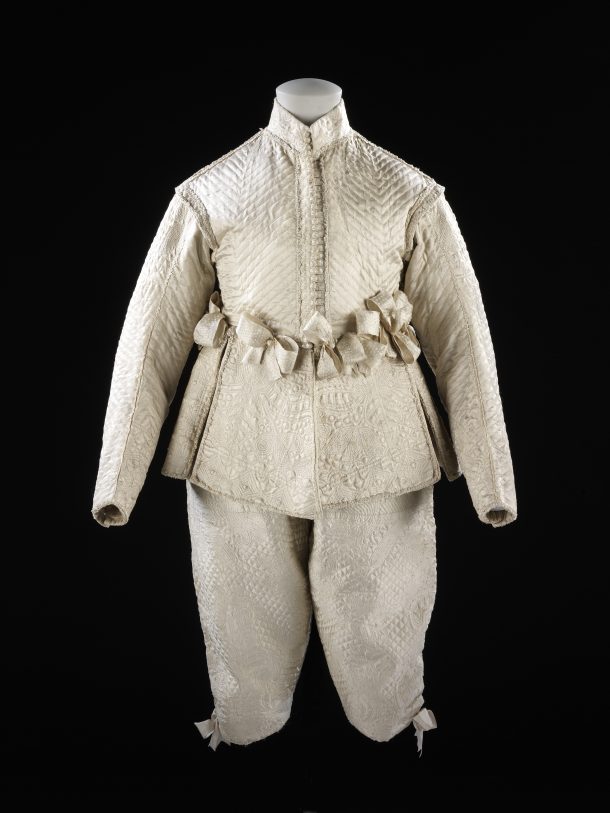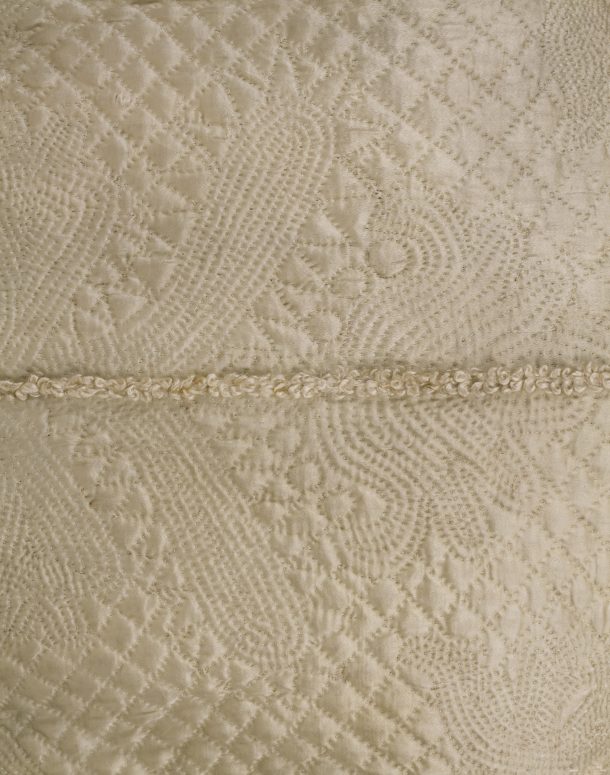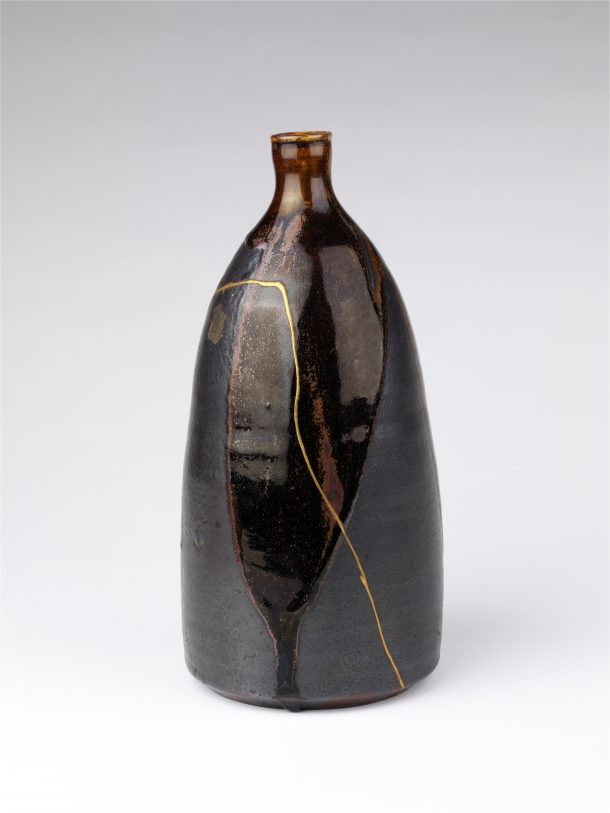I am a member of the V&A Youth Collective, a keen crafter and MA student at the Royal College of Art. My MA project on objects that showcase repair, repurposing and/or material innovation is at https://www.instagram.com/sustainable_histories/
Objects from our past that have been repaired, re-purposed or otherwise altered have great power, as through their histories we can relearn techniques that can help us to combat throw-away culture. As the climate crisis, and learning sustainable practices, are important to young people today, these objects can help to educate us. Things that were repaired in the past can show us how to mend things in the present.
The V&A collection holds some fantastic examples of sustainable practices, and its newly relaunched Explore the Collections allows for a fascinating and in-depth exploration of them. However, it would be great to be able to sort the results according to original repairs (made during the life of the object before it was accessioned into the museum) and repairs made in the museum by conservators. These are modern terms, so might not be the words used in the past, and we are modern users trying to learn from the archives.
If you search ‘original repair’ you receive over 700 results, but I think it would be fantastic if this was an option that could be applied when searching for other terms and types of objects. If we make it easier for the user to filter by types of repair, more people will be able to learn about these mending techniques without necessarily searching for them. By integrating practices of repair, re-purposing and material innovation into the curation of physical objects alongside the digital collections, the V&A can become a practical textbook to learn about sustainability.
Some examples of original repair at the V&A include this quilted suit, made in England in about 1635 – 1640.


Hand-sewn from ivory satin, the suit was crafted from a bedcover. You can tell this because the jacket’s seams, and the different directions of the quilted pattern, don’t fit the direction of the jacket pieces.
It is clear from its exceptional quality that the crafter took great care to create a symmetrical garment. It incorporates the original quilted pattern, and the maker added a knotted and tufted silk braid, alongside twelve large bows, to the waist. This suggests the jacket was worn for show, not just function. This jacket suggests that recycling textiles in this period was not entirely a function of financial necessity – it was seen as resourceful and could help create wonderfully fancy outfits!
You can see the suit on display in the museum in the British Galleries, Room 56, The Djanogly Gallery, case 9, or on Search the Collections.
Another example of visible repair is this bottle, from eighteenth-century Takatori in Japan.
It is made of glazed stoneware, specifically overlapping dark brown glazes, with a large break in the body that has been visibly repaired with gold lacquer. This vase is an example of ‘kintsugi’ (golden joinery), a Japanese art practice that repairs broken pottery with lacquer dusted with gold, silver or platinum powder. It proudly displays damage as part of the object’s history, that should be celebrated rather than camouflaged.
You can see the vase on display in the museum in Ceramics, Room 143, The Timothy Sainsbury Gallery, case 6, shelf 2, and check it out online.

Lastly, this early Steiff bear illustrates a wonderful story about the power of teaching mending techniques to children. Made from mohair, kapok and leather, he originally belonged to the mother of the donor, Lionel Hemsley. When they were children, Lionel and his sister were allowed to play with him (see more on Explore the Collections).
When he was about 4 or 5 years old, Lionel cut open the bear’s stomach to see/remove or repair his faulty growler. He sewed it up neatly with red wool, which is now clearly visible. Lionel went on to train to be a successful vet!

The V&A acquired the bear in 2016, and his hand sewn ‘scar’ serves as a fantastic reminder to teach children not only to be curious about repairing, reusing and recycling objects, but also to give them the techniques, such as sewing, to be able to do this.
He is currently in storage, but you can check him out online.
So, through interacting with objects that have been repaired historically, and/or are made from recycled material, we can learn ways to reuse and prolong the lives of our own possessions. Whether a recycled jacket, a golden cracked vase, or a bear darned with wool, these objects in the V&A in person and online show us how we all need to rediscover mending techniques to help combat throw-away culture.


